The story of coffee beans in Starbucks Parker Market introduces the story and characteristics of coffee flavor in Latin America.
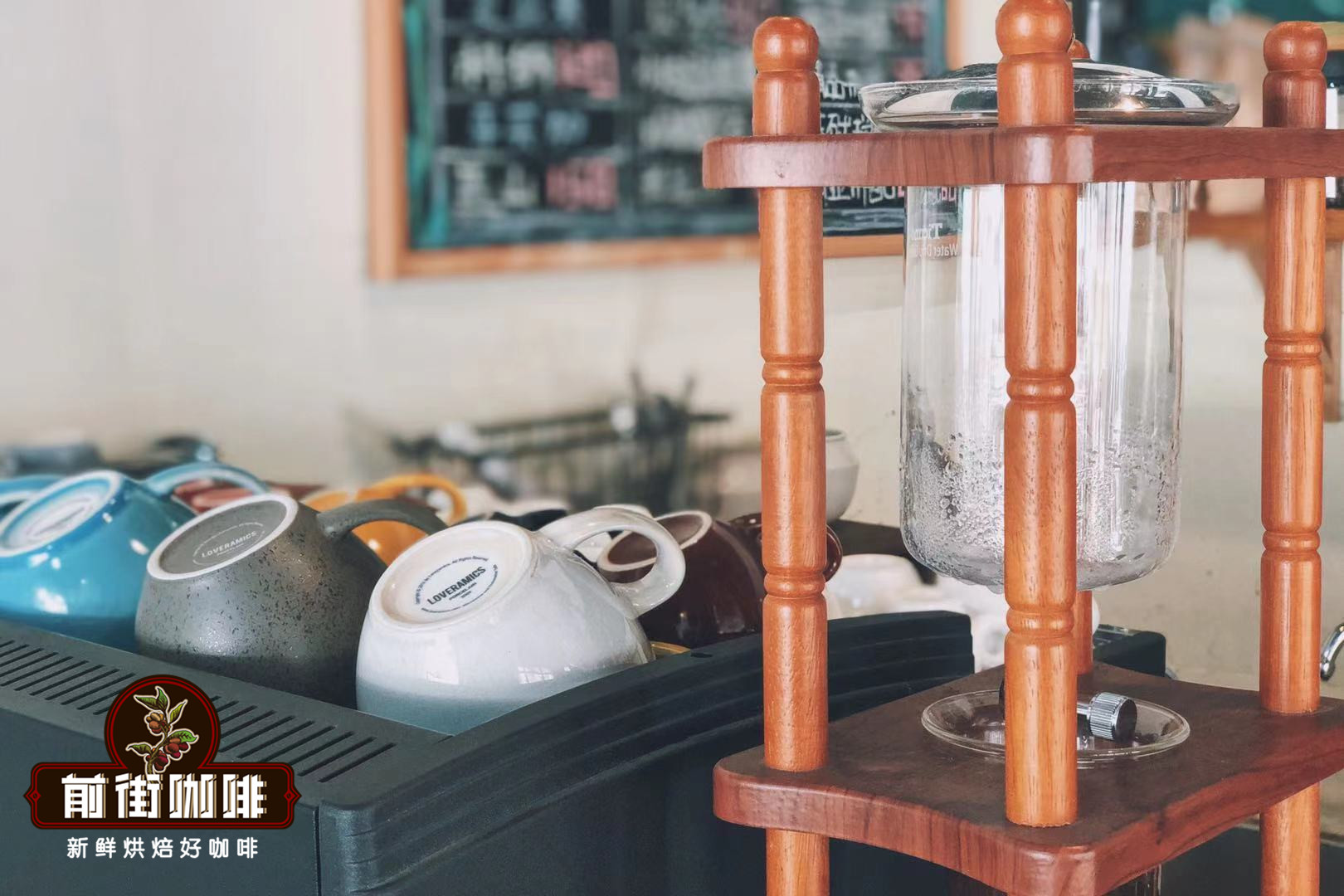
Professional coffee knowledge exchange more coffee bean information please follow the coffee workshop (Wechat official account cafe_style)
Latin America, as one of the three largest coffee producing regions in the world, produces many classic and unique coffee beans. Several types of Qianjie coffee in the rations bean series come from Latin American producing areas, such as Hillado, Brazil, Guatemala Vivetnam fruit, Colombian Huilan and so on, which represent the most typical flavor of the producing area. Qianjie Coffee launched a series of rations beans, taking into account not only to reflect the basic flavor of the production area to deepen recognition, but also to have the characteristics of low price and high performance-to-price ratio.
Starbucks Parker medium roasted coffee beans are selected from Latin American regions, with typical Latin American flavor: chocolate, nuts, smooth and soft taste, full-bodied body. Starbucks, which was developed in 2008, changed its baking methods and launched the "Consistent Brew" project (consistent brewing). The first recipe to try was Colombian and Guatemalan beans, and after many adjustments, the coffee beans were developed to be balanced, smooth, sweet and soft, and rich in taste. It is named Pike Market Bakery to continue the name of the first store in Pike Market in Seattle.
Latin American coffee producing area
Latin America refers to the American region south of the United States, including Mexico (North America), Central America, the West Indies and South America. Latin America is the hottest and wettest continent in the world. It is humid and hot at lower elevations and drier at higher elevations.
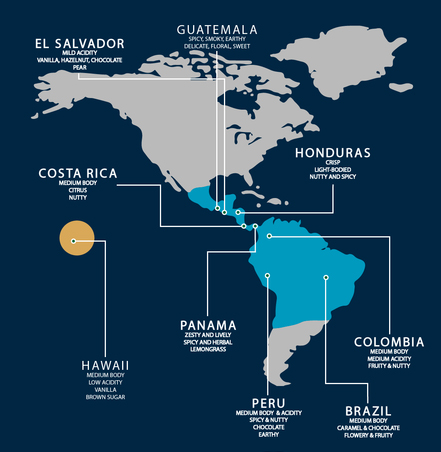
Coffee in Latin America originated in the 18th century and was deeply influenced by Spanish colonial rule at that time. Spanish is also the lingua franca of most Latin American countries, while Brazil mainly uses Portuguese (because it was colonized by Portugal in the past). During the colonial rule of Spain, coffee cultivation increased greatly, but there was a lack of quality. It was not until the emergence of the concept of boutique coffee that Latin American coffee-producing countries began to pay attention to fine output. Coffee beans from Latin America are mainly sold to the United States, followed by Europe and Asia.
As mentioned earlier, the coffee beans in Starbucks Parker Market are Guatemalan and Colombian, which are located in Central and South America respectively. Qianjie Coffee has recently collected several coffee beans from different producing areas for evaluation, including those from Guatemala. In fact, coffee tasting is a link that Qianjie coffee has always been doing. The original intention of Qianjie coffee is not to sell beans, but to taste coffee beans from all over the world. In this process, the purpose of Qianjie Coffee is to understand each coffee producing area, different coffee varieties in the same producing area, different treatments of the same coffee variety, and to establish a corresponding database, as well as the comparison between different coffee producing areas. Qianjie Coffee hopes to let more coffee lovers know about the world of coffee.
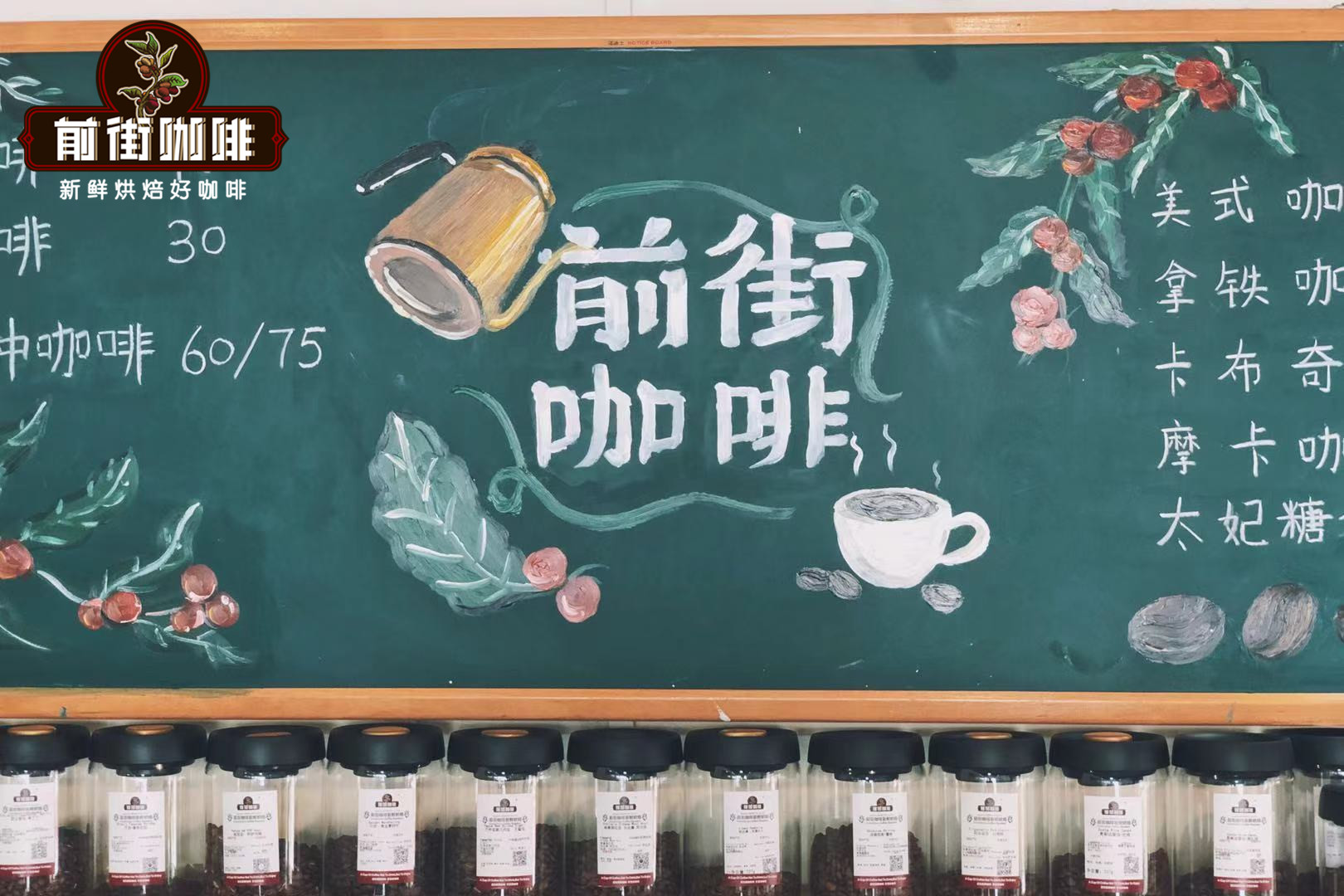
Guatemalan coffee
The coffee produced in Guatemala has a special smoky flavor and rich fruit juice taste. The main varieties of coffee are bourbon, Itsuka, Kaddura and Kaduai, and the coffee belt is mainly distributed above 1500 meters above sea level. sitting on tropical rain forests, volcanic geology and changeable micro-climatic conditions.
Guatemala has a total of eight major producing areas, divided into five volcanic producing areas and three non-volcanic producing areas. Five major volcanic areas: Antigua (Antigua), Arcatel Nanguo (Acatenango), Lake Attilan (Atitlan), Mount San Marco (Volcanic San Marcos), Farahan Plateau (Fraijanes). Three major non-volcanic producing areas: Vivette Nanguo (Huehuetenango), Koban (Coban), and New Oriental (New Oriente).
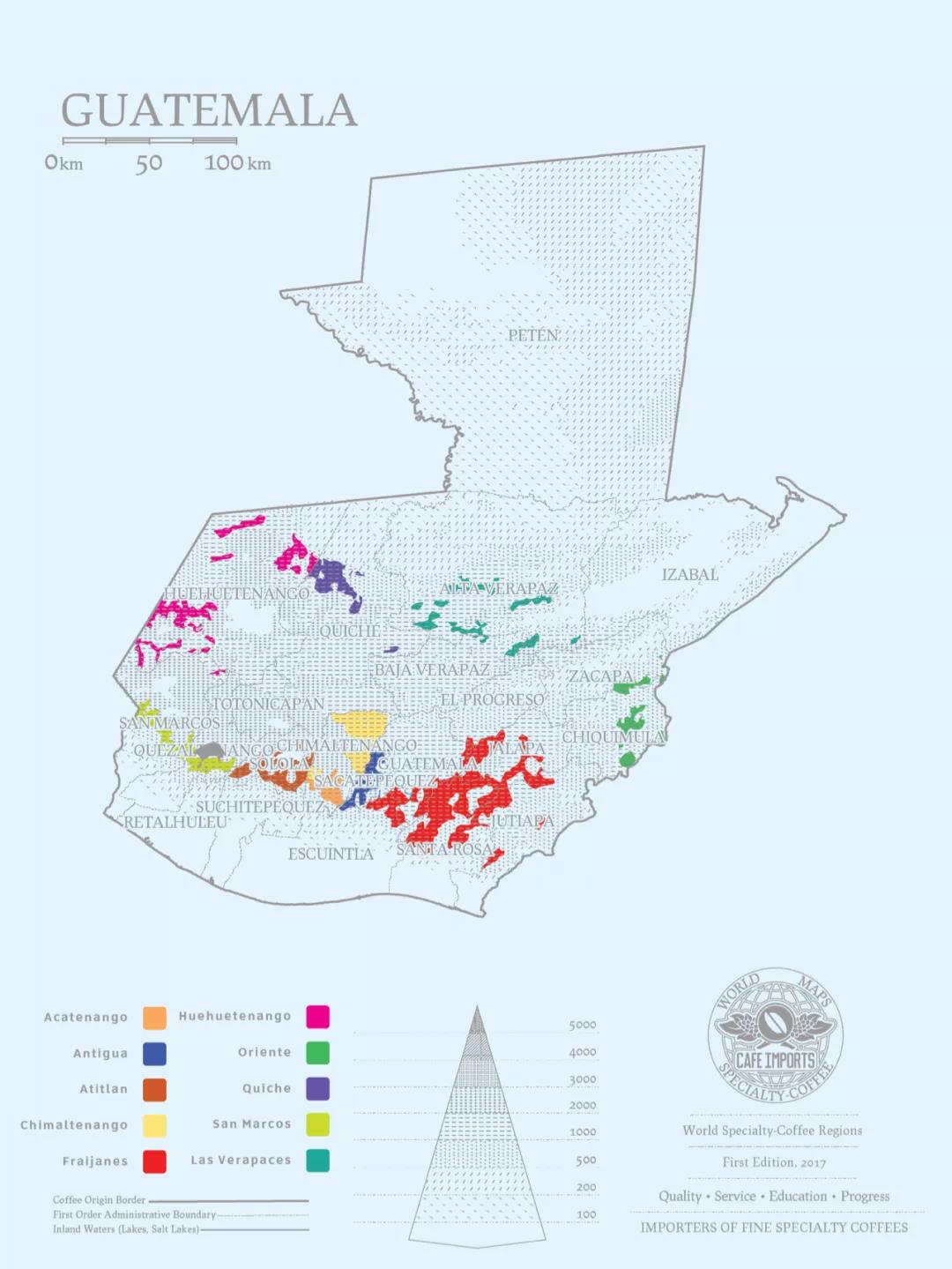
When it comes to Guatemala, the impression is most likely to be the Antica producing area and the Vivienne fruit producing area, which represent the two major producing areas of Guatemala respectively. In the front street coffee ration bean series, there is a kind of Guatemala Vivetnam fruit. In fact, the reputation of Antica is much greater than Vivetnam fruit. Especially four or five years ago, the transaction price of Antica coffee beans has always been the highest among several producing areas. However, with the development of fine coffee, the coffee quality produced by Vivetnam fruit has gradually attracted the attention of coffee lovers, and the situation of standing alone has gradually changed.
Of course, a good producing area does not mean that all coffee beans produced in the producing area have high quality flavor performance. Front Street Coffee tested several Vivetnam coffee beans from different estates and found one with a distinct rubbery flavor, which has seriously deviated from the smoky taste typical of Guatemala and is instead an uncomfortable flavor.
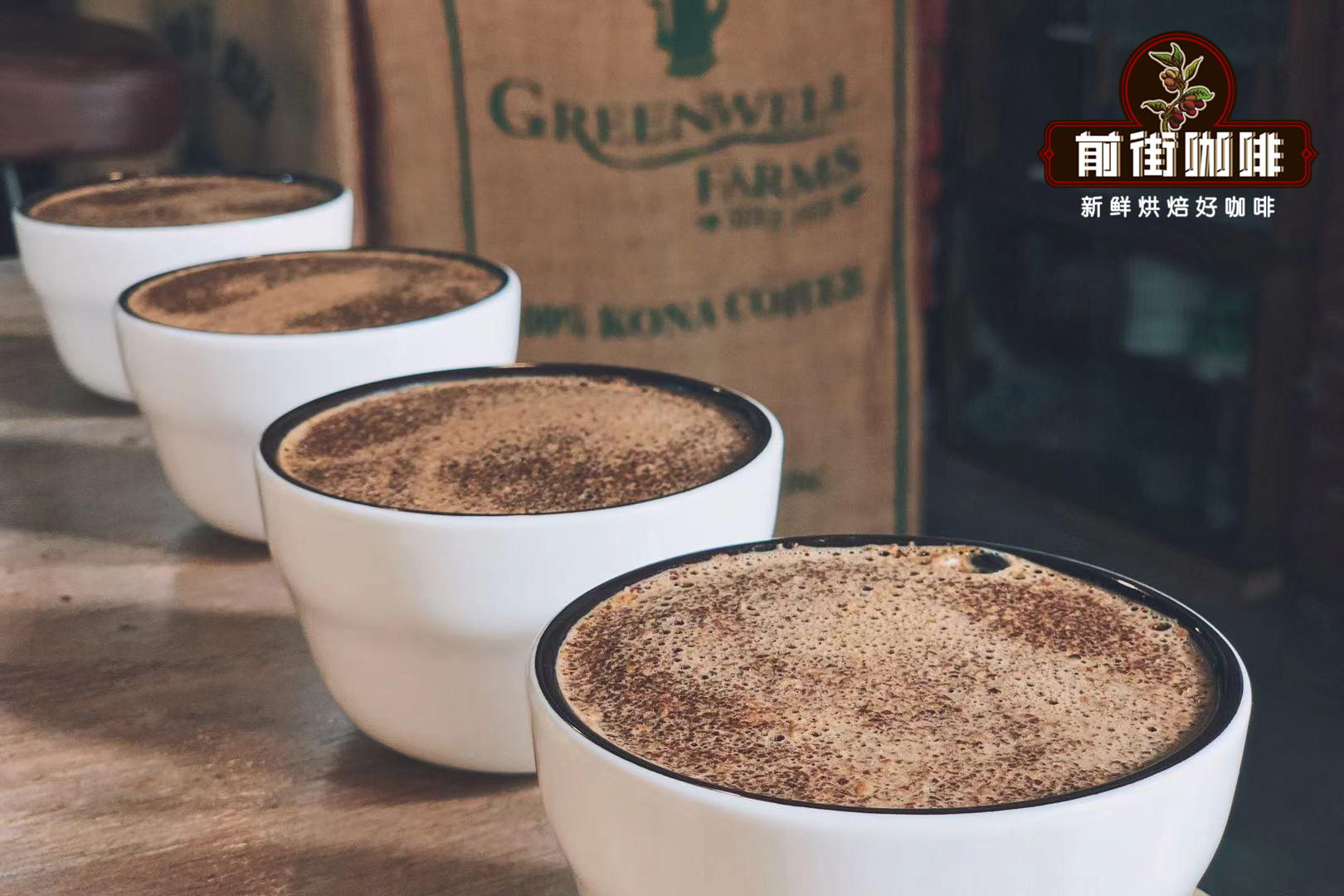
[grading of Guatemalan coffee beans]
The higher the altitude, the higher the density of coffee beans and the higher the grade of raw coffee beans:
SHB (extremely hard beans): planted at 1500-1700 meters above sea level
HB (hard beans): planted at 1350-1500 meters above sea level
SH (slightly hard beans): planting is 1200-1350 meters above sea level
Extra Prime (extra high quality water washed beans): plant 1000-1200 meters above sea level
Prime (high quality water washed beans): planted at an altitude of 850m-1000 m
Good Washed (good quality washed beans): plant 700-850m above sea level.
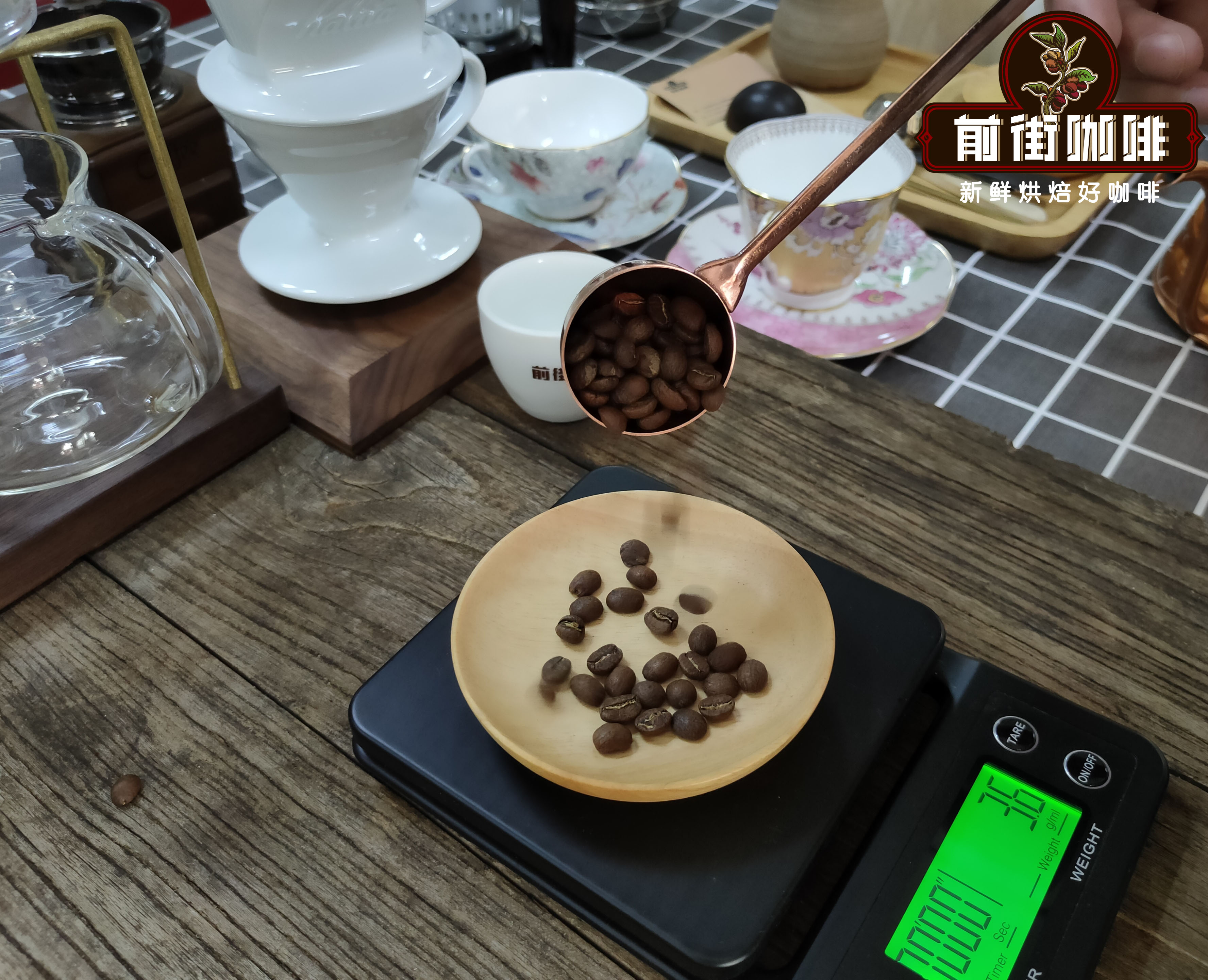
[Guatemalan Coffee Bean treatment]
The treatment in Guatemala is mainly water washing and a small amount of sun exposure. Qianjie coffee is often asked by guests, what's the difference between washing and sunbathing, even coffee beans from the same manor in the same producing area are washed and sunburned separately. In fact, friends who often buy Qianjie coffee rations beans will find that most Qianjie coffee rations beans are treated with water, because the water washing method can present the basic flavor of a producing area, and it is also the beginning of the understanding of the flavor of the producing area. The rule of sun treatment is to add sweet aroma and fermented feeling to this basic flavor.
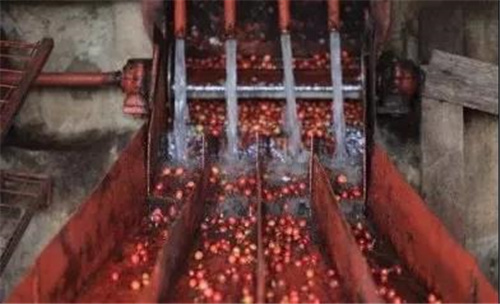
1. Harvest. After ripe coffee fruit, first pick out impurities and inferior beans and screen floating beans, so far they are all the same as the sun method.
two。 Remove the flesh. The fresh fruit is sent to the pulp screening machine (pulping machine) to remove the peel and pulp, and the immature fruit will be screened at this stage because it is not easy to separate the pulp. After the pulp screening machine, all that is left is pectin, sheepskin and seeds.
3. Ferment and remove pectin. Transfer the peeled seeds with pectin into the fermentation tank. Although the name is water washing, it does not really wash away the pectin, but through the fermentation process, the pectin is removed by biodecomposition. The fermentation process is about 16-36 hours, during which the pectin must be stirred frequently to accelerate the separation of pectin from the seeds. Water washing fermentation produces acid substances such as citric acid, malic acid and acetic acid, which seep into raw beans, making the beans sour more sour than in the sun. After the fermentation is completed, it is really washed-- wash the beans again.
4. Dry. After washing, you also need to be insolated or machine-dried to reduce the water content to 12%. Washing method because the flesh has been removed, so in the drying process, do not have to worry about easy mildew like the sun method. Dried sheepskin raw beans, which are not as hard as the sun-cured peels with pulp, can be obtained by hulling.
[Vivette Nanguo Coffee beans]
Guatemala Vivette Nango
Producing area: Vivette Nanguo
Altitude: 1500-2000m
Varieties: bourbon, Kaddura, Kaduai
Treatment method: washing treatment
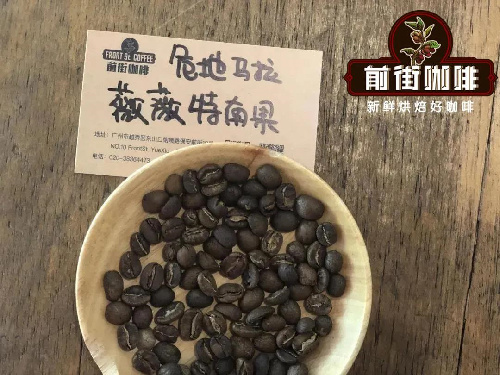
Vivette Nango is a coffee-growing region in central Guatemala. Its name comes from Nahuatl, which means "the land of the ancients (or ancestors)". The production area is almost the most remote from the capital than other areas, and the route is rugged. Due to the dry hot wind from Mexico, the mountains are high but free from frost, so coffee can be grown at a depth of nearly 2000m.
The Vivette South Coffee varieties selected for Qianjie Coffee are bourbon, Kaddura and Kaduai. Bourbon is a natural variety of iron pickup, juxtaposed with iron pickup as an ancient variety of good quality, beans are slightly smaller and round than tin pickup. Kaddura is a natural variety of bourbon with fresh lemon and citrus acidity on the palate and slightly less sweetness than iron pickup and bourbon. Kaduai is a hybrid of Kaddura and New World varieties, which adapts to the severe climate at high elevations and has high yields. it was first produced in Brazil and is now widely cultivated in Central America with bright acidity but thinner and less mellow than New World varieties.
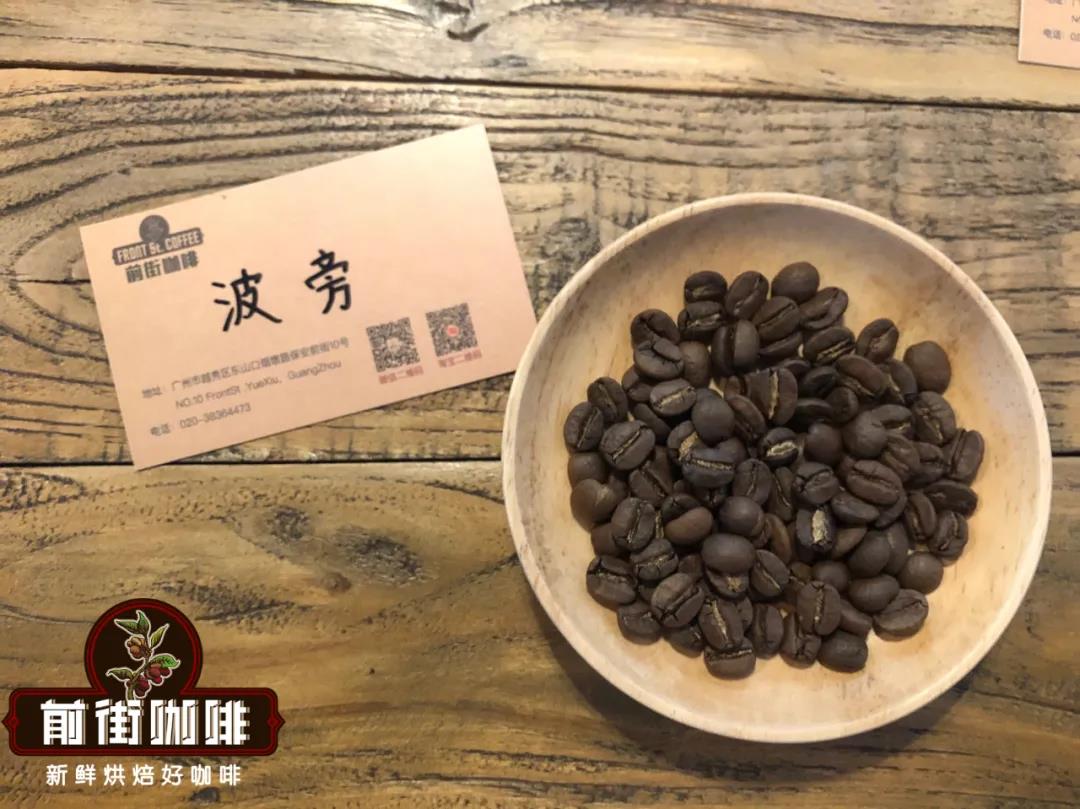
Front Street Coffee has determined the direction of light roasting. In order to highlight its rich juice taste, it has carried out many parameter adjustments and cup testing links.
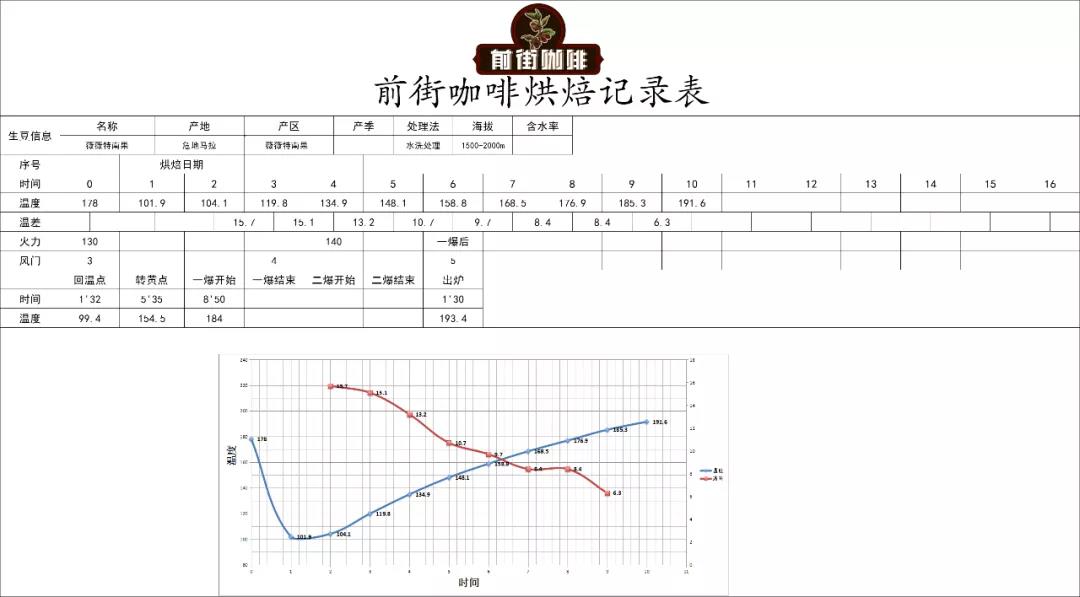
Qianjie Coffee Guatemala Vivette Nan Fruit Coffee Bean Baking Curve
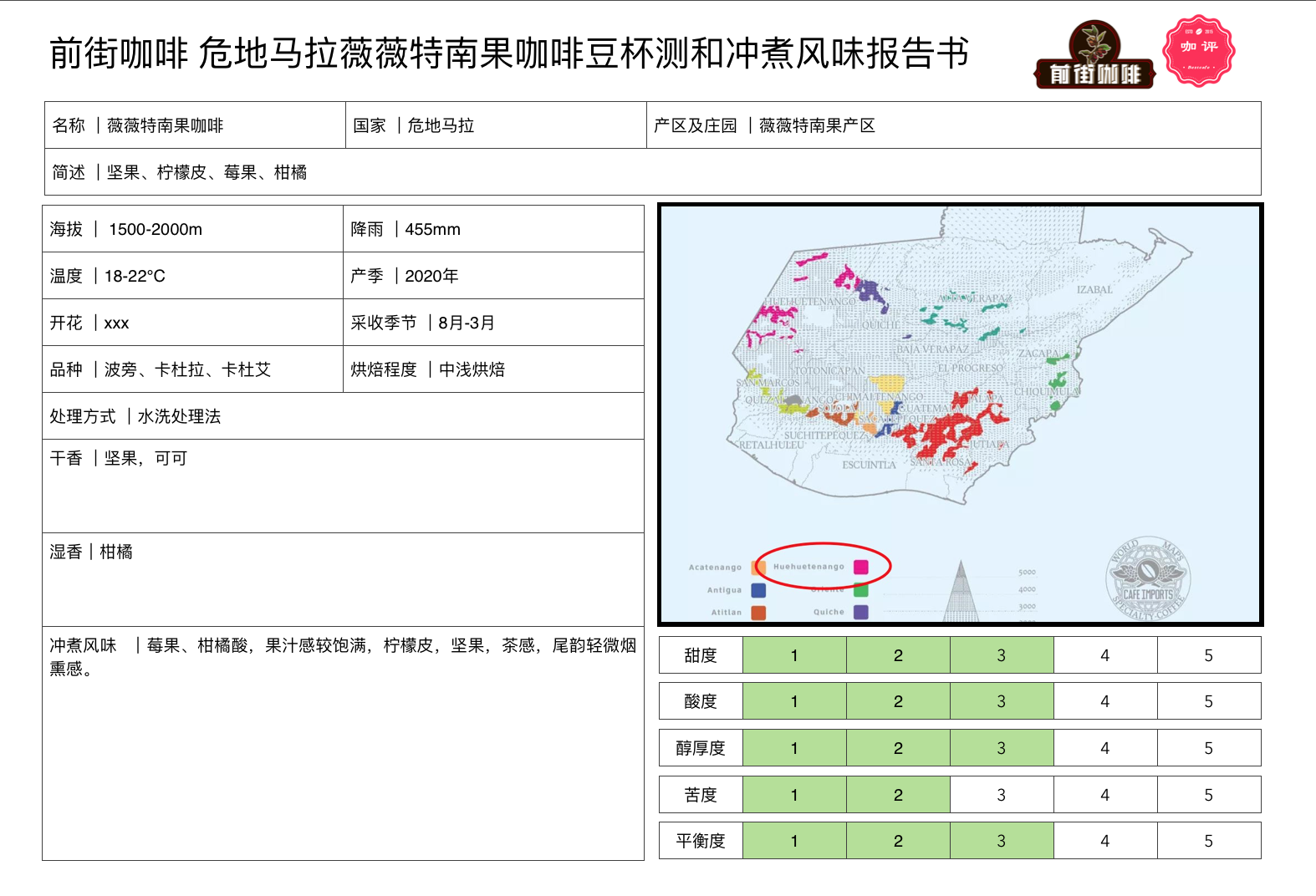
Qianjie Coffee Guatemala Vivette Nan Fruit Coffee Bean Cup report
Cooking suggestion
Cooking parameters
Coffee powder quantity
15 grams
Proportion
1:15
Water temperature
90 ℃
Grinding degree
0.85mm screen pass rate 80%
Filter cup
Hario v60 # 01 filter cup
Cooking process
The first stage of water injection
30 grams of water steamed for 30 seconds
Second stage water injection
The injection of 95 grams of water (125 grams indicated by the electronic scale) will be completed by about 1 minute.
The third stage of water injection
100 grams of water (225 grams indicated by the electronic scale) will be injected in about 1 minute and 40 seconds.
Extraction time
1 minute 54 seconds, remove the filter cup to finish the cooking
Flavor description
Acidity of citrus and berries, lemon peel, nutty aroma in the middle, and a sense of tea in the finish.
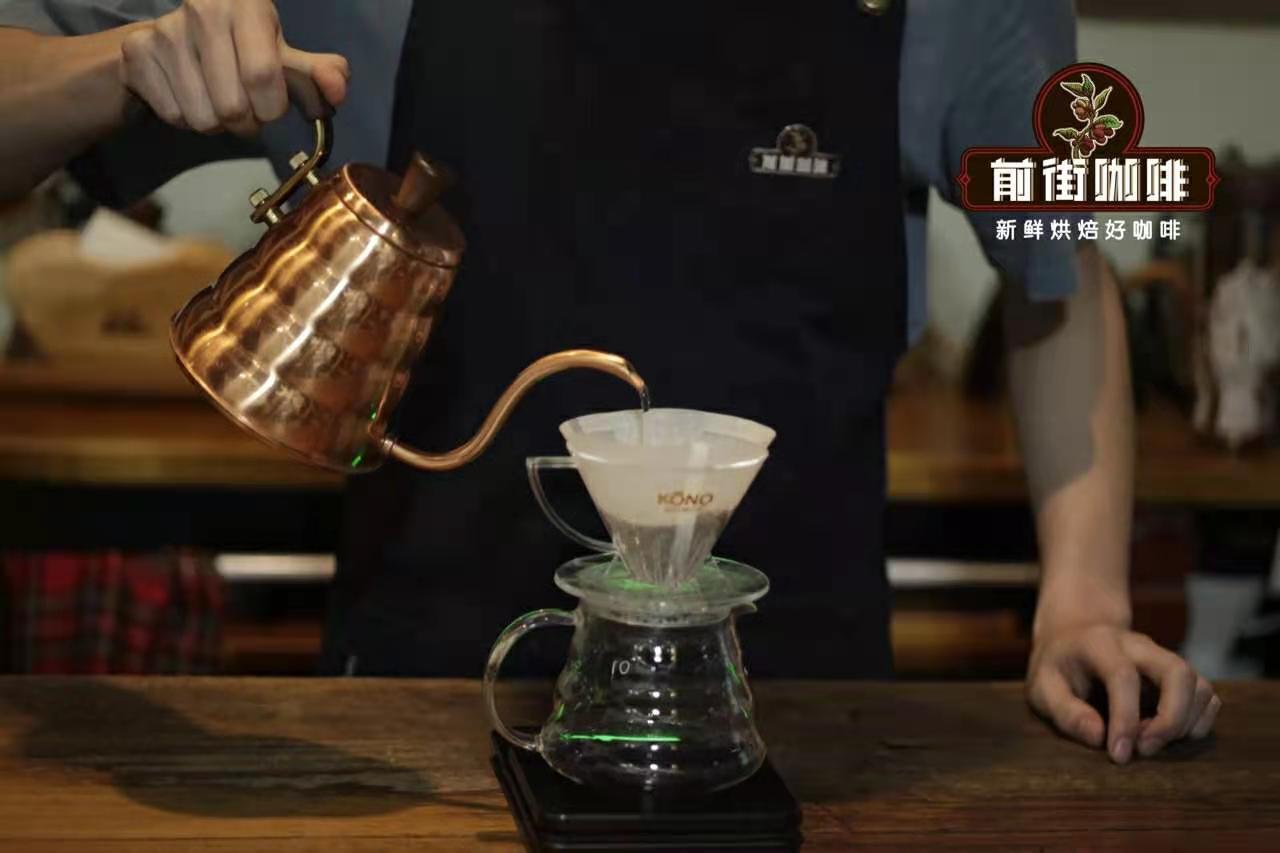
[Antigua coffee beans]
Raminita Flower God of Guatemala
La Flor del Cafe
Producing area: Antigua producing area
Manor: La Minita
Altitude: 1200-1600m
Varieties: bourbon, Kaddura
Treatment method: washing treatment
Grade: SHB
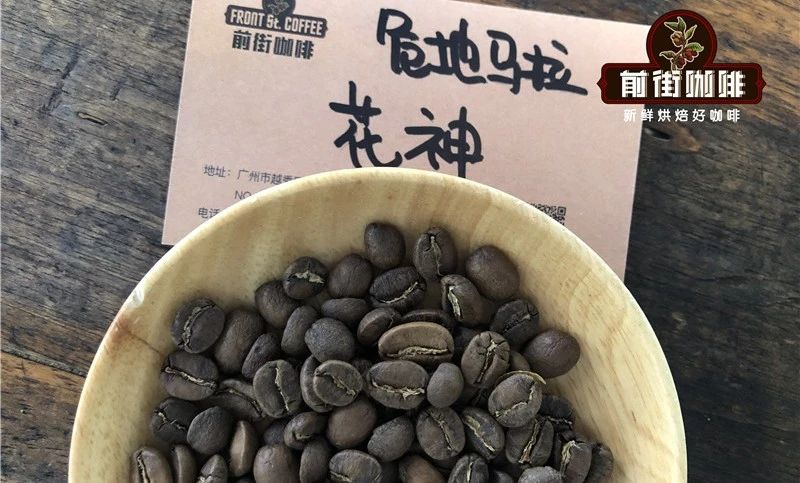
The central highlands of Guatemala, where Antigua is produced, has a subtropical monsoon climate, abundant rainfall, fertile volcanic ash soil, and bright acidity and fruity aromas of coffee, making Antigua a famous coffee producing area in Guatemala.
La Minita is a trader who founded his own coffee brand "La Flor del Cafe" in Guatemala, which means "Coffee Flower" and translated into Chinese as "Flower God".
The coffee varieties purchased from Qianjie Coffee are bourbon and Kaddura. Bourbon is a natural variety of iron pickup, juxtaposed with iron pickup as an ancient variety of good quality, beans are slightly smaller and round than tin pickup. Kaddura is a natural variety of bourbon with fresh lemon and citrus acidity on the palate and slightly less sweetness than iron pickup and bourbon.
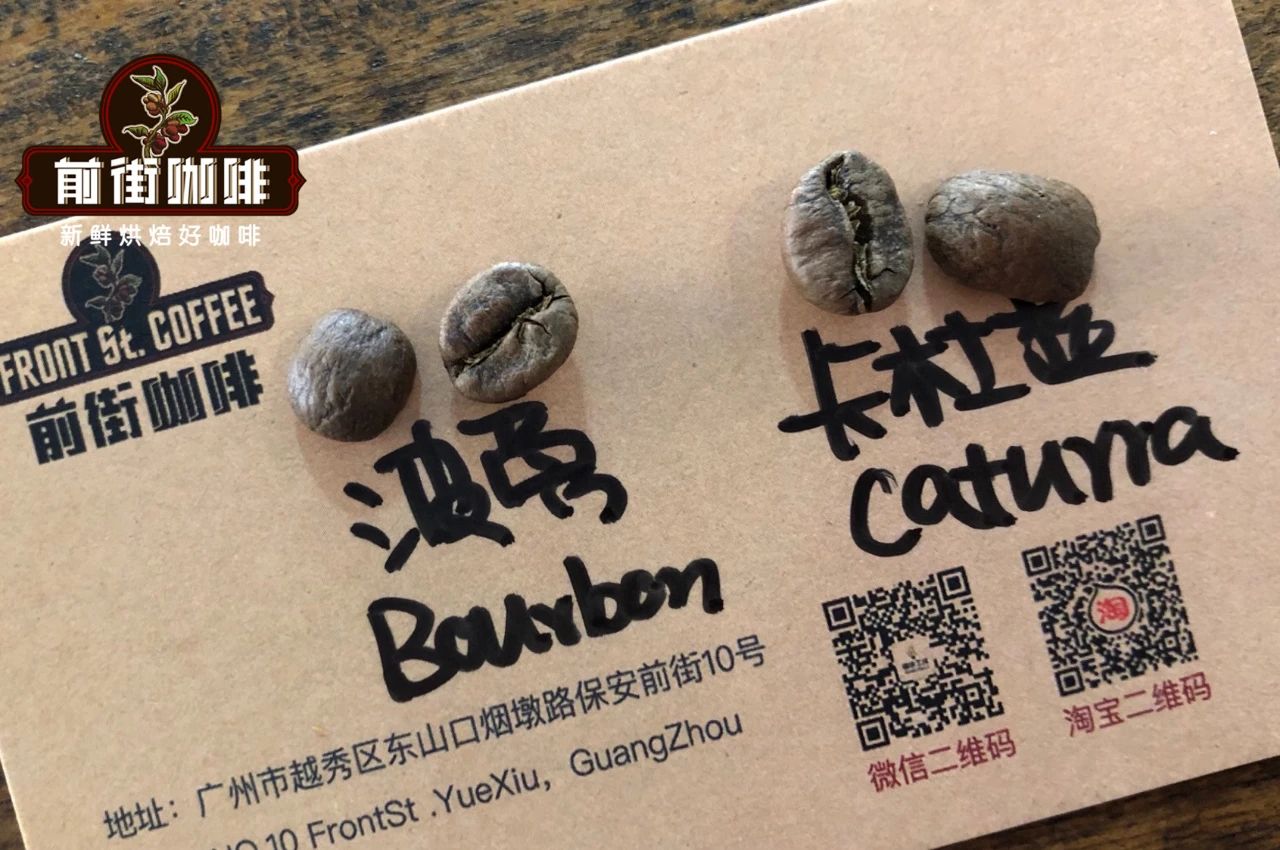
Qianjie coffee determined the direction of shallow roasting, in order to highlight its rich fruit juice taste, before and after a number of parameter adjustments and cup testing.
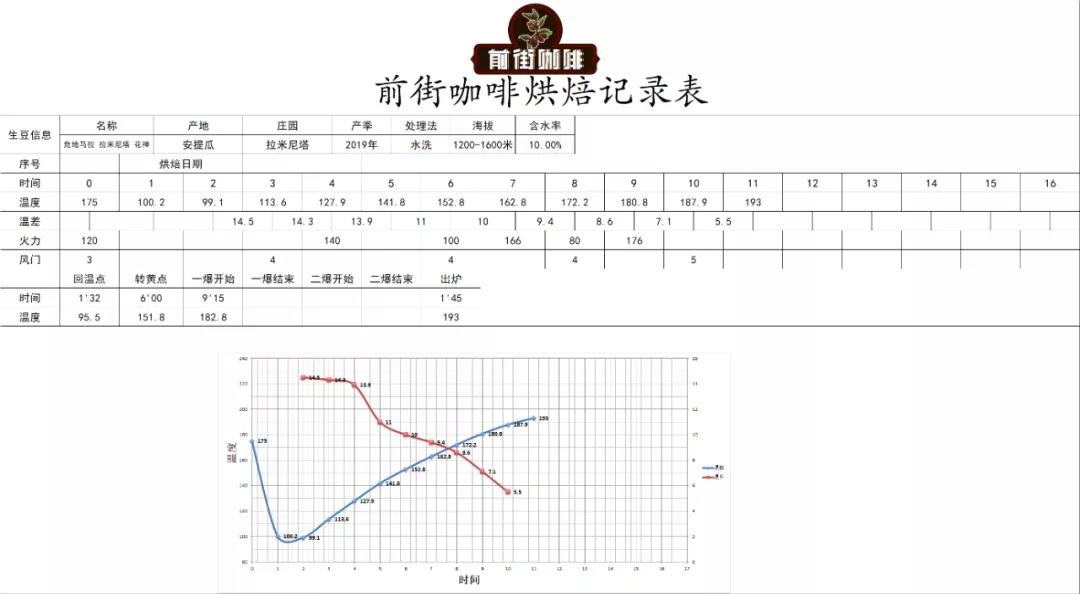
Front Street Coffee Guatemala Flower God Coffee Bean Baking Curve
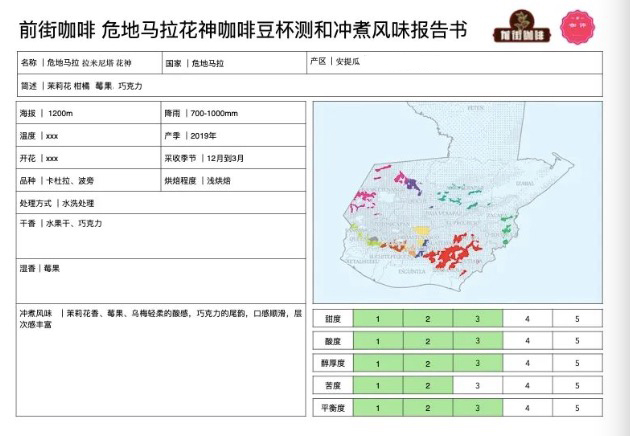
Qianjie Coffee Guatemala Flower God Coffee Bean Cup Test report
Cooking suggestion
Cooking parameters
Coffee powder quantity
15 grams
Proportion
1:15
Water temperature
90 ℃
Grinding degree
0.85mm screen pass rate 80%
Filter cup
Hario v60 # 01 filter cup
Cooking process
The first stage of water injection
30 grams of water steamed for 30 seconds
Second stage water injection
The injection of 95 grams of water (125 grams indicated by the electronic scale) will be completed by about 1 minute.
The third stage of water injection
100 grams of water (225 grams indicated by the electronic scale) will be injected in about 1 minute and 40 seconds.
Extraction time
1 minute 54 seconds, remove the filter cup to finish the cooking
Flavor description
Sour berries, citrus, light chocolate, rich layers and smooth taste
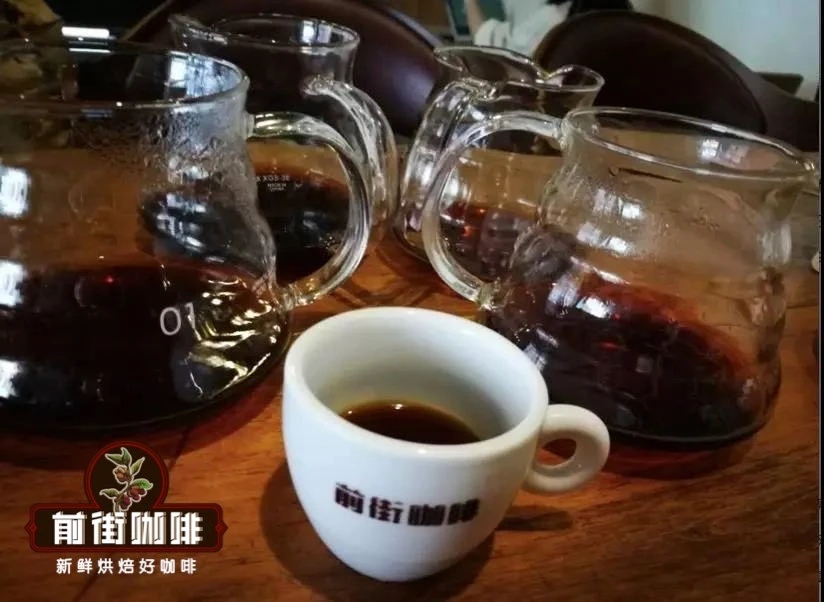
For more boutique coffee beans, please add private Qianjie coffee on Wechat. WeChat account: kaixinguoguo0925
Important Notice :
前街咖啡 FrontStreet Coffee has moved to new addredd:
FrontStreet Coffee Address: 315,Donghua East Road,GuangZhou
Tel:020 38364473
- Prev
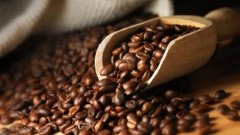
How do coffee beans go with a coffee maker? Can I make mocha pot coffee with Italian coffee beans?
Professional coffee knowledge exchange more coffee bean information please follow the coffee workshop (Wechat official account cafe_style) coffee bean matching knowledge Italian coffee bean formula sharing recently tried to drink a lot of self-baking coffee beans, found that after drinking, the throat is easy to sputum, there will be the feeling of coughing, only to find that the use of automatic coffee machine almost always use this kind of re-baking
- Next
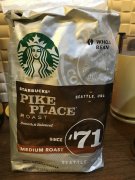
Starbucks Parker Market Coffee Bean Story introduction Starbucks Parker Coffee personal experience sharing
Professional coffee knowledge exchange more coffee bean information please follow the coffee workshop (Wechat official account cafe_style) coffee bean matching knowledge Italian coffee bean formula sharing several friends and I in addition to our usual love to drink coffee also has a slight amount of business demand, we drink is to find our own reputation of home-baked boutique coffee beans, pick the place of origin also choose roast
Related
- Guji coffee producing area of Guji, Ethiopia: Humbela, Shakiso, Wulaga
- What is the most expensive variety of Qiloso in BOP multi-variety group?
- How to store the coffee beans bought home?
- Why are Yemeni coffee beans so rare now?
- Ethiopian Sidamo all Red Fruit Sun Sun Santa Vini Coffee beans
- SOE is mostly sour? What does it mean? Is it a single bean? what's the difference between it and Italian blending?
- Is Italian coffee beans suitable for making hand-brewed coffee?
- How to choose coffee beans when making cold coffee? What kind of coffee beans are suitable for making cold coffee?
- Just entered the pit to make coffee, what kind of coffee beans should be chosen?
- Can only Japan buy real Blue Mountain Coffee? What are authentic Jamaican Blue Mountain coffee beans?

